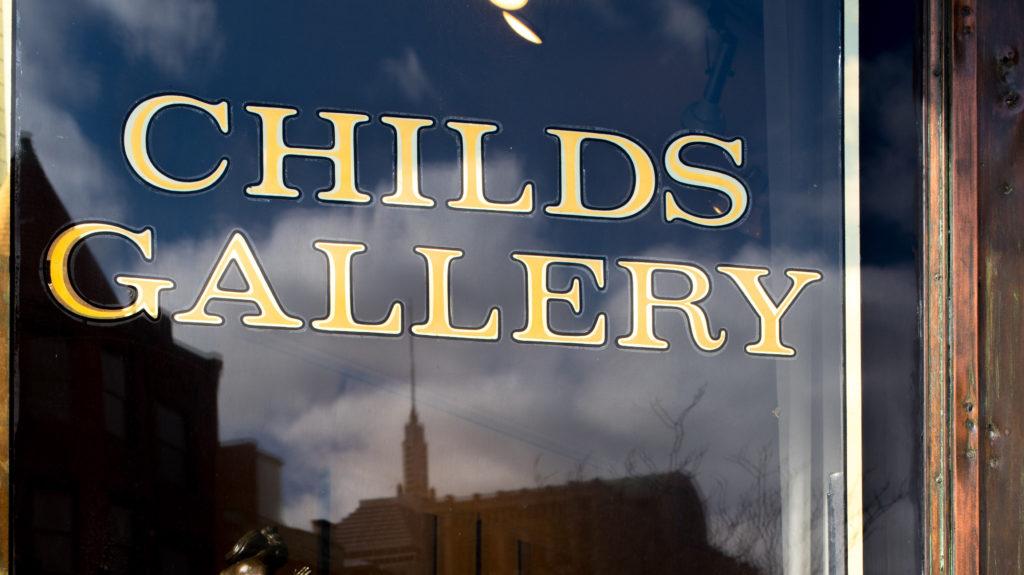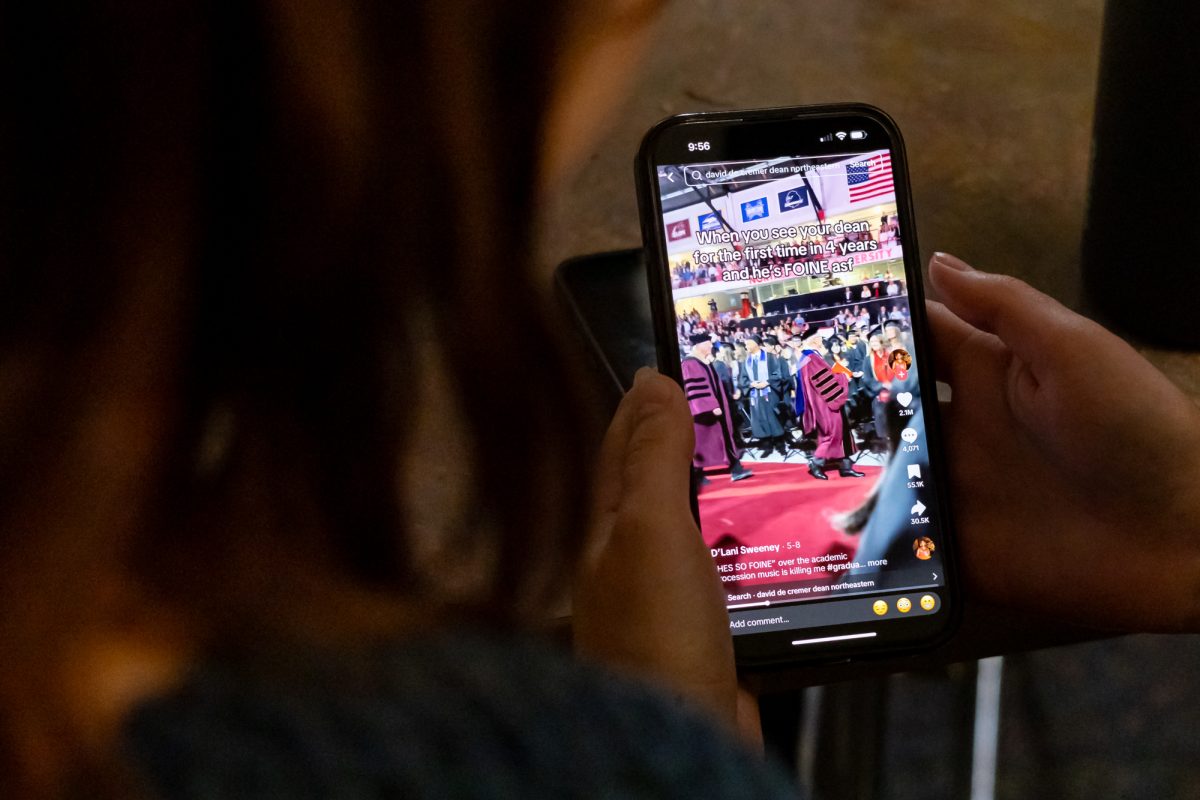By Asia London Palomba, news correspondent
A gallery in downtown Boston is featuring female artists who have worked outside of the male-dominated art industry.
“We try to highlight some of the narratives that are outside from what was highlighted traditionally in art history,” said Julie Edwards, director of operations and research at the Childs Gallery on Newbury Street.
Their most recent installation, displaying the vast works of the late painter and printmaker Ruth Eckstein, is part of a continued effort to give credit to these neglected narratives. Eckstein was a fugitive of Nazi Germany who sought asylum in both Paris and New York.
“[Eckstein] moved from Paris to New York just as the center of the art world was moving between those cities,” Timothy Orwig, an art history professor at Northeastern, said in an e-mail to The News. “She was at the center of mid-century artistic innovation as European abstraction became American Abstract Expressionism.”
Since 1937, the Childs Gallery has worked to feature marginalized artists. Stephanie Bond, owner and director of the Childs Gallery, said the gallery’s mission is bilateral. The gallery places importance on highlighting different narratives as well as showcasing overlooked artists who have alternative and intriguing stories to tell.
“The work itself is really great. It has these refined organic abstractions, pared-down compositions,” Edwards said. “She uses a lot of of layering, a lot of collage work, layers a lot of color and texture.”
Considered negligible by the male titans of the art world, female artists were often cast aside in lieu of a vision to revolutionize the way art was received in the United States during the 1950s. As a result, male art critics and businessmen sponsoring art exhibitions during this era controlled the reception of art.
“These men were attempting to establish America as the new global center of the art world while also recasting art to the American public as a manly, virile undertaking,” Orwig said.
As a result, Orwig said a considerable amount of female artists were deemed inadequate and dismissed in favor of their male counterparts.
“During the 1950s this idea of the male genius action painter artist like Jackson Pollock was really championed,” Edwards said.
Only recently have women been given credit for contributing to movements they were previously excluded from.
“I think it’s important to sort of take a look back in history and rewrite history including these artists,” Bond said.
The appreciation for the exhibit’s innovation is reciprocated by Orwig, who applauded the gallery’s effort in showcasing these female artists.
“Its recent focus on women artists is an important corrective to years in which they weren’t actively exhibited,” Orwig said.
Eckstein’s work at the Childs Gallery on 169 Newbury St. will be on display until March 18. Her works can be viewed online on the Childs Gallery website.
Photo by Rio Asch Phoenix









